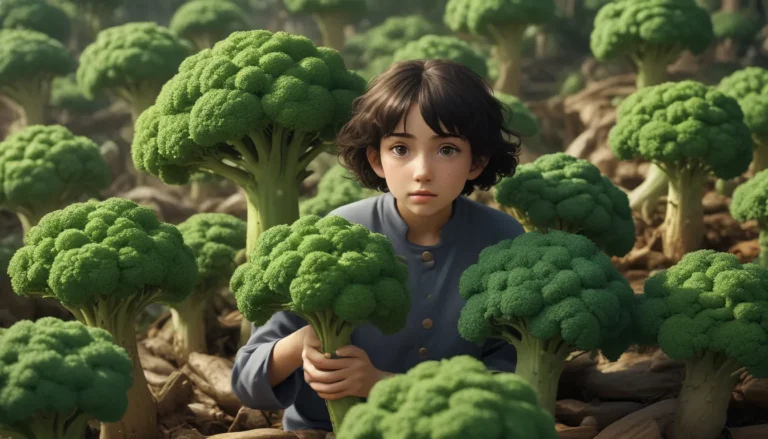All About Pears: Understanding the Differences Between Winter and Summer Varieties

Are you confused about the difference between winter and summer pears? Let’s clear that up once and for all!
Some people believe that winter pears must ripen in cold storage for several weeks, while summer pears are ready straight off the tree. However, the distinction is actually much simpler than that.
Commercial growers categorize pears based on when they are ready to harvest, with summers typically ready in August or early September, and winters ready in late September through October. Although some pears fit these general guidelines, there are exceptions.
Let’s dive deeper into the world of pears to help you better understand the distinctions between winter and summer varieties.
What Is a Summer Pear?
Summer pears ripen starting in July and August. While most European pears are winter varieties, there are specific types that fall into the summer category, such as ‘Bartlett,’ ‘Bon Chretien,’ ‘Flamingo,’ and more.
Summer pears do not ripen perfectly on the tree and can become mealy or soggy if left to fully ripen. It is essential to pick them when they are mature but before they become overripe.
These fruits tend to ripen quickly, have thin skin, and do not store well. Once they are ripe, it is best to consume them immediately for the best flavor.
What Is a Winter Pear?
Winter pears mature in early fall and typically have thick skin suitable for long-term storage. These pears taste best when allowed to ripen slowly, offering a distinct flavor profile compared to summer varieties.
Cold storage enhances the flavor and texture of winter pears, making them sweeter and softer than their fresh-off-the-tree counterparts. While they may still be consumed fresh, the slow ripening process in cold storage ensures a more evenly sweet flesh throughout the fruit.
Popular winter pears include ‘Anjou,’ ‘Bosc,’ and ‘Concorde,’ each offering unique flavors and characteristics suitable for various culinary applications.
Pairing Winter and Summer Pears for Pollination
For successful pear tree pollination, it is essential to have a second nearby tree for cross-pollination. When selecting companion trees, focus on bloom time rather than the categorization of winter or summer fruits.
Bloom time varies among pear trees, and it is crucial to select pollinators with similar flowering schedules. This ensures optimal pollination and fruit set for a bountiful harvest.
Don’t Get Wrapped Up in Labels
When choosing pear trees for your garden, do not stress over whether they fall into the winter or summer category. Instead, focus on selecting varieties that align with your taste preferences and gardening goals.
These categories primarily serve commercial growers to determine fruit maturity and storage needs. For home growers, the most important aspect is enjoying fresh, flavorful pears however you choose to use them.
Whether you prefer fresh pears, baked treats, or savory dishes, there are endless possibilities to incorporate these versatile fruits into your culinary creations.
Now that you have a better understanding of winter and summer pears, consider exploring additional guides on growing and caring for pear trees to enhance your gardening knowledge:
- How to Grow Fruiting Pear Trees
- When and How to Water Pear Trees
- Pear Tree Lifespan: How Long Do These Trees Live?
We hope this article has shed light on the differences between winter and summer pears, helping you make informed decisions when selecting and growing these delightful fruits. Share your favorite pear recipes and gardening tips in the comments below!
Remember, enjoy the journey of growing and savoring delicious pears without getting too caught up in categorizations. Happy gardening!





